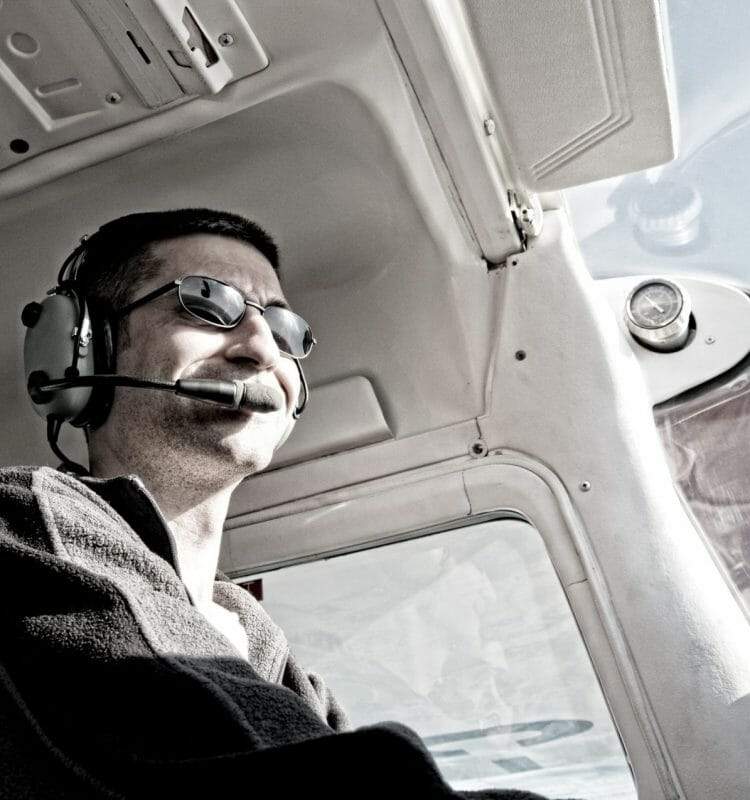EN


In our new Guide to Eye Tracking Technology for Aviation, we focus on the remote method of eye tracking, particularly with a multi-camera approach, to answer questions about its successful use in aviation research, pilot training, and cockpit design.
Below, we explore the unique features that make the use of this technology successful in several aviation use cases and how its flexibility allows us to take a unique approach to each individual case. Let’s take a look at how this technology is applied.
Aviation and aerospace are both highly automated fields that include systems with incredibly complex instrumentation that relies on successful and efficient human-machine interaction. By analyzing how pilots or air traffic control operators perceive and respond to automation, eye trackers are furthering human factors research for smoother and safer air travel. With the precision offered by our technology, researchers are able to analyze human factors like spatial disorientation and performance (including drowsiness and stress), accurately and safely in a flight simulator securely on the ground before flying in the air.
Almost half of today’s aviation accidents are due to inadequate scanning of important cockpit instruments. By analyzing the pilots’ gaze movement, head pose, pupillometry and eyelid movements, eye trackers help detect distraction, stress (due to high workload) and drowsiness (due to fatigue or sleepiness). Eye tracking technology has the potential to become a central part of pilot monitoring systems for the next generation of pilots, detecting changes in pilot mental state while in-flight (similar to driver monitoring systems in the automotive industry) and improving flight safety in any aircraft.
A highly skilled pilot is essential to safe air travel. In flight training, eye tracking technology is used to enhance the scanning techniques of future pilots by analyzing their scan patterns while they are training in flight simulators. This real-time data offered by eye trackers can detect the strengths and weaknesses of a pilot recruit–effectively improving performance.
Interested in eye tracking for pilot training? Download our Comprehensive Guide to Eye Tracking Technology for the Aviation Industry here, or contact us today to schedule a demo!

